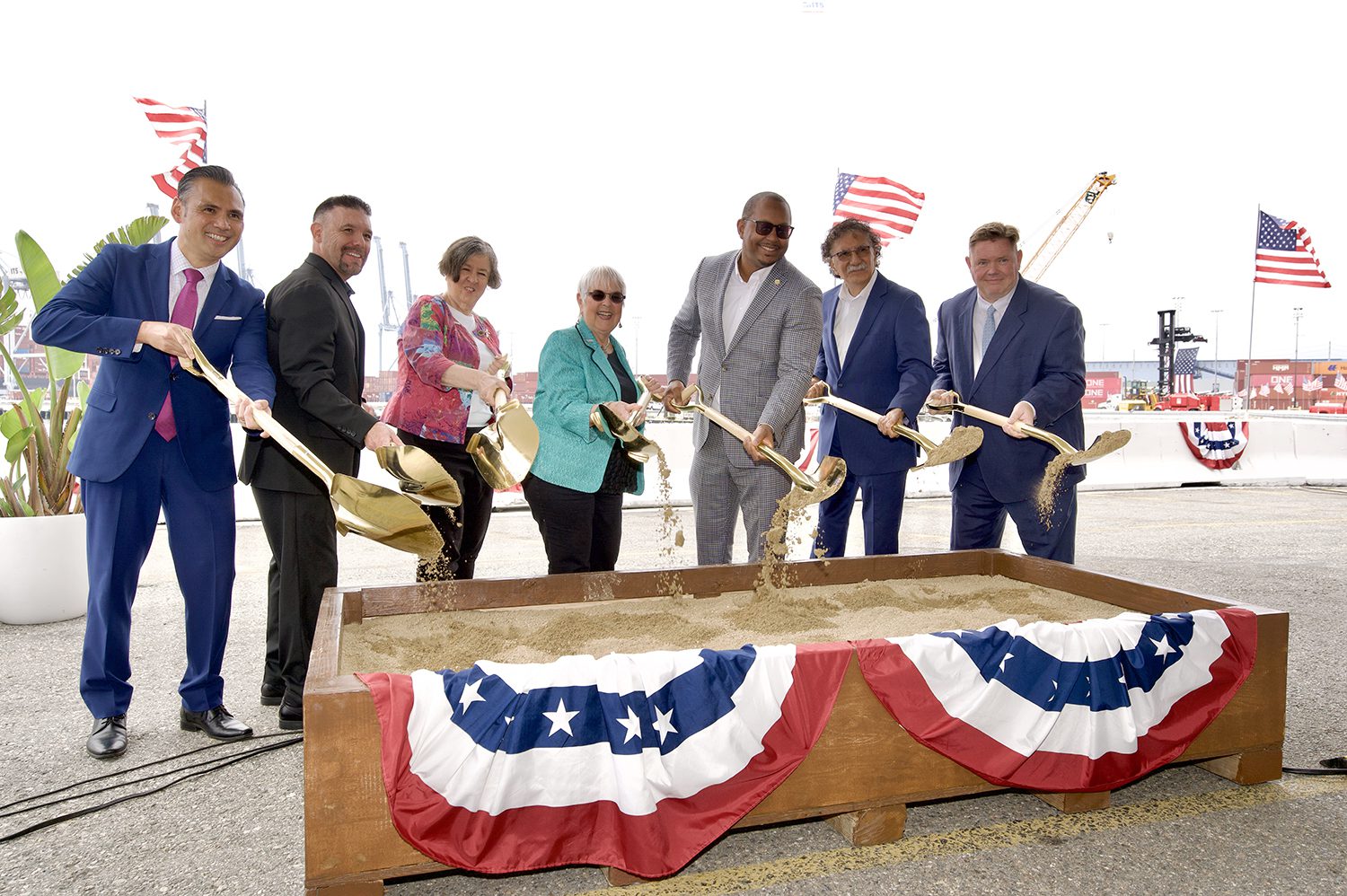By Rory McBride –
Future gazing is integral to the evolution of the shipping industry, with discussions on the terminal of tomorrow and fleet of the future capturing people’s imagination. The long-term impact of the global pandemic, as well as growing environmental ambition in many sectors, have created even more discussion than usual about what the future of our industry may look like. However, such speculation rather than action leaves us at risk of missing out on the huge gains which can be achieved with the assets already available to us.
Ports and terminals
In spite of the financial repercussions of COVID-19, we are still seeing substantial investment in the automation of global ports and terminals. In fact, Drewry forecasted that while port investment is set to decline, as a result of the pandemic, leading operators are predicted to continue investing in terminal automation. Similarly, leading credit rating agency Fitch recently stated that port congestion issues caused by the pandemic may trigger greater uptake of port automation.
This is apparent in recent notable investments. For example, the Port of Seattle approved a terminal upgrade in its $3.7 billion 2021 budget to evolve its infrastructure and modernise its operations. Likewise, the Port of Houston saw huge investment to not only expand its operations but redevelop existing assets with new technologies. In these projects, increasing safety, efficiency, and sustainability were highlighted as the main areas to benefit from such investment.
A light bulb moment
It goes without saying that the more time spent speculating about the future, the longer we’ll continue to live with avoidable inefficiencies, risks, and emissions. There are no shortage of improvements to existing technologies in shipping in recent decades: ECDIS for navigation, wake-equalising ducts for screw propellers, or bulbous bows for hulls. Those technologies need not be radical to ensure payback – take LEDs, for example.
Every port has to be well lit. It’s a legal and insurance requirement, and yet it remains under-appreciated. Many ports still use economically and environmentally adverse lighting solutions, such as high-pressure sodium, metal halide, or other similarly dated technologies.
For example, while a metal halide lamp will deliver a high lumen output in the short term, it will typically lose around 20% of its lumen output in the first six months, while still consuming 100% of the energy. Similarly, a high-pressure sodium system will provide poor colour rendering for your CCTV systems as well as being equally costly to maintain.
By contrast, LED lighting delivers superior visibility due to the light clarity, increasing light levels by up to and above 50%, which increases port and terminal safety and security, and offers huge environmental benefits.
LED lighting reduces port and terminal energy consumption by over 70%, minimises light pollution and, due to its durability, reduces waste. Straightforward upgrades to existing infrastructures can therefore not only result in significant cost savings, but pave the way for performance gains in other areas of port operations, enabling greater automation and consequent savings.
The cost argument
Fenix Marine Services’ lighting upgrade, at the Port of Los Angeles in 2020, to support its goal of becoming one of the most environmentally friendly terminals in the world, is a prime example of LED lighting paying dividends.
FMS was using high-pressure sodium lighting, which was failing to meet its environmental and operational standards. From the installation of 906 of our LED lights – a reduction of 10% on their previous setup – FMS is now saving 2.8 million Kwh per year. The economic payback from this would provide enough savings to purchase an RTG crane every two years.
In addition, we were able to secure a $750,000 saving for FMS because the Los Angeles Department of Water and Power was supporting the California Clean Air Action Plan with its CLIP rebate program.
The energy efficiency savings, coupled with the rebate, means that the project will be cash flow positive in 15 months and paves the way for further infrastructural investment
The terminal of today
It is today’s solutions which hold the key to unlocking opportunities and improving operational efficiencies, as well as sustainability, both now and in the future. As the shipping industry prepares for post-COVID economic recovery, ports and terminal owners and operators should start to look at where significant improvements can easily be made.
Investing in high-grade LED lighting now is not only vital in creating efficient, safe and environmentally superior maritime hubs of the future but in illuminating the pathway for other aspects of improvement.
Rory McBride is Maritime Manager – Americas at Midstream Lighting
Sign up for our newsletter

 Join The Club
Join The Club











